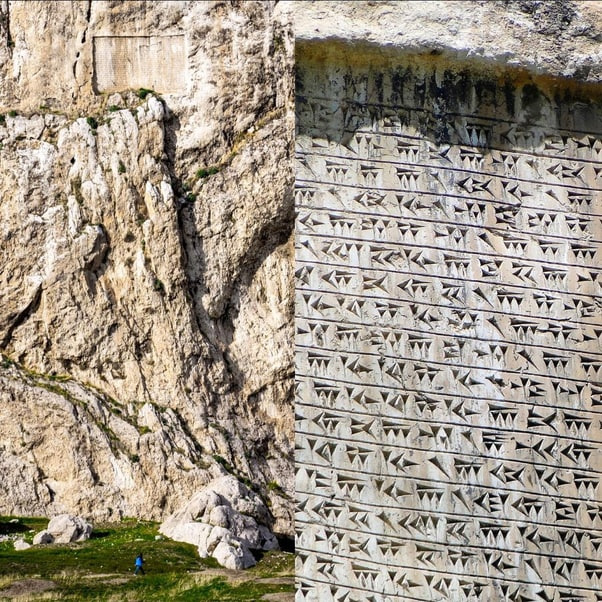This tree likely lived through the writing of the Iliad, the golden age of Athens, the rise of the Roman Empire, and the birth of Christ – and then lived for 2,000 years after that. It still produces olives, as well!
The Timeless Wonder of the Olive Tree of Vouves
Nestled on the picturesque island of Crete, amidst rolling hills and olive groves, stands a living testament to the passage of time: the Olive Tree of Vouves. With a trunk boasting a diameter of 15 feet, this ancient tree is believed to be at least 2,000 years old, possibly even older. Its gnarled branches and weathered bark bear witness to the countless epochs it has witnessed, from the age of Homer's epic tales to the modern era. Join us as we delve into the remarkable history and enduring legacy of this remarkable tree.

Exploring the Ancient Roots of the Olive Tree
The Olive Tree of Vouves is more than just a tree; it is a living relic of ancient history. Situated near a graveyard dating back thousands of years, its age is a testament to the resilience and longevity of the olive tree species. Scholars speculate that this venerable tree has witnessed pivotal moments in human history, from the dawn of classical civilization to the tumultuous events of the modern era. As we stand in awe of its towering presence, we are reminded of the interconnectedness of past and present, and the enduring power of nature to inspire and awe.
Witnessing the Passage of Time Through the Ages
Imagine the stories this ancient olive tree could tell if it could speak. From the glory days of ancient Greece to the rise and fall of mighty empires, it has stood as a silent witness to the ebb and flow of human civilization. It likely bore witness to the golden age of Athens, the conquests of Alexander the Great, and the spread of Roman rule across the Mediterranean. Through wars and conquests, triumphs and tragedies, it has remained steadfast, a silent sentinel of the past.
Celebrating the Living Legacy of the Olive Tree
Despite its age, the Olive Tree of Vouves continues to thrive, producing olives as it has done for millennia. Its longevity serves as a poignant reminder of the importance of preserving our natural heritage for future generations. As we marvel at its ancient branches and gnarled trunk, we are reminded of the importance of stewardship and conservation in ensuring the survival of our planet's oldest living treasures.
Conclusion: Honoring the Ancient Discoveries of Crete
In conclusion, the Olive Tree of Vouves stands as a symbol of resilience, endurance, and the enduring power of nature. As we contemplate its ancient roots and storied past, we are reminded of the rich tapestry of history that surrounds us. Let us honor the legacy of this remarkable tree and the ancient discoveries of Crete, and let us strive to protect and preserve our planet's natural wonders for generations to come.









